The Baby Diapers Market is currently characterized by a dynamic competitive landscape, driven by innovation, sustainability, and consumer preferences for high-quality products. Major players such as Procter & Gamble (US), Kimberly-Clark (US), and Unicharm (JP) are at the forefront, each adopting distinct strategies to enhance their market positioning. Procter & Gamble (US) focuses on product innovation and sustainability, aiming to reduce its environmental footprint while maintaining product efficacy. Meanwhile, Kimberly-Clark (US) emphasizes digital transformation and consumer engagement, leveraging data analytics to tailor products to specific market segments. Unicharm (JP) is expanding its footprint in emerging markets, particularly in Southeast Asia, where demand for premium baby care products is on the rise. Collectively, these strategies contribute to a competitive environment that is increasingly shaped by consumer expectations and regulatory pressures.
In terms of business tactics, companies are localizing manufacturing to enhance supply chain efficiency and reduce costs. This approach is particularly relevant in a moderately fragmented market where regional players also exert influence. The competitive structure is characterized by a mix of established brands and emerging players, with key companies leveraging their scale and resources to optimize supply chains and respond swiftly to market changes. The collective influence of these key players fosters a competitive atmosphere that encourages innovation and responsiveness to consumer needs.
In August 2025, Procter & Gamble (US) announced a partnership with a leading technology firm to develop AI-driven solutions for product customization. This strategic move is expected to enhance consumer engagement by providing personalized diaper solutions based on individual preferences and needs. The integration of AI into product development signifies a shift towards more tailored offerings, potentially setting a new standard in the industry.
In September 2025, Kimberly-Clark (US) launched a new line of eco-friendly diapers, utilizing biodegradable materials. This initiative aligns with the growing consumer demand for sustainable products and reflects the company's commitment to environmental stewardship. By prioritizing sustainability, Kimberly-Clark (US) not only addresses consumer concerns but also positions itself as a leader in the eco-conscious segment of the market.
In July 2025, Unicharm (JP) expanded its manufacturing capabilities in Vietnam, aiming to meet the increasing demand for premium baby products in the region. This expansion is strategically significant as it allows Unicharm (JP) to capitalize on the burgeoning market in Southeast Asia, where rising disposable incomes are driving demand for high-quality baby care products. The move underscores the company's commitment to regional growth and its ability to adapt to local market dynamics.
As of October 2025, the Baby Diapers Market is witnessing trends that emphasize digitalization, sustainability, and technological integration. Companies are increasingly forming strategic alliances to enhance their competitive edge, particularly in areas such as product development and supply chain management. The shift from price-based competition to a focus on innovation and technology is evident, as companies strive to differentiate themselves through unique product offerings and reliable supply chains. Looking ahead, competitive differentiation will likely evolve further, with an emphasis on sustainability and consumer-centric innovations shaping the future landscape of the Baby Diapers Market.
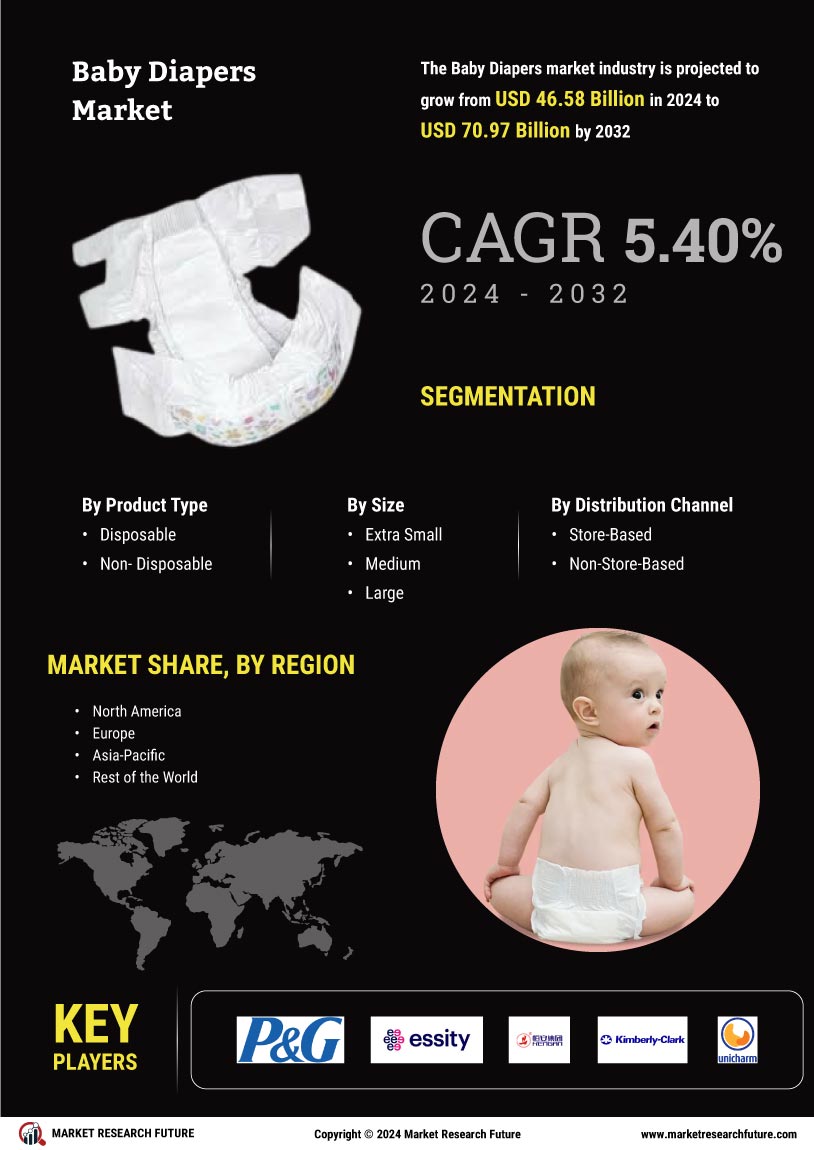

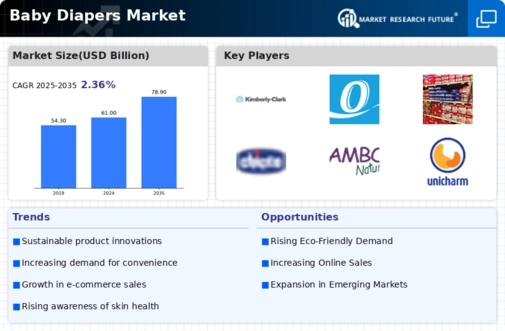
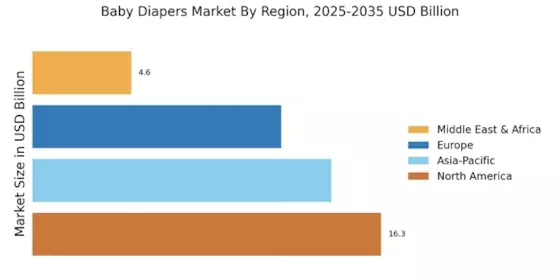

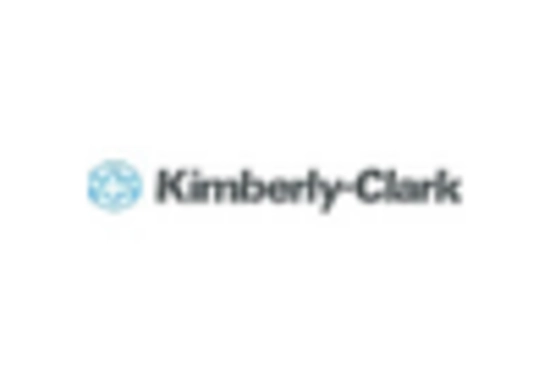
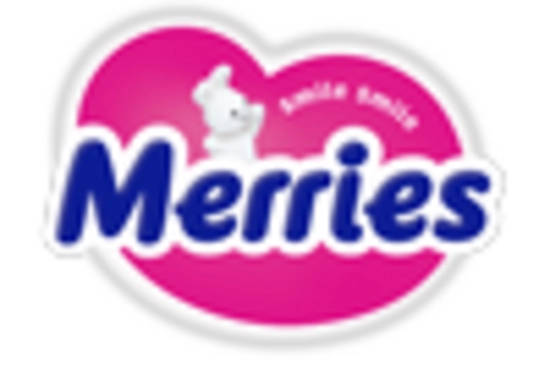
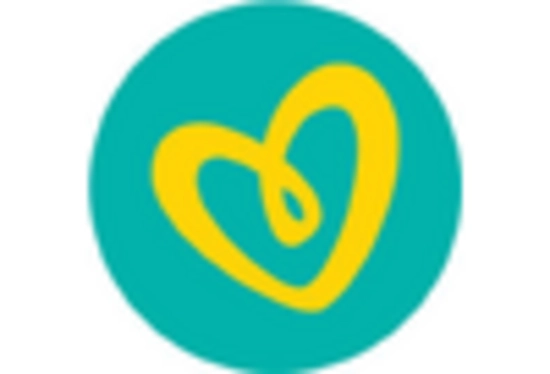










Leave a Comment